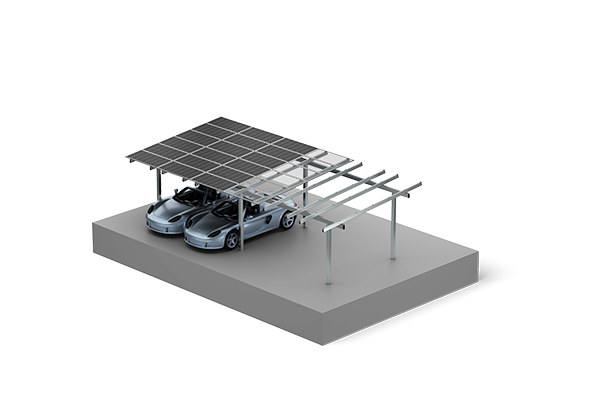Developing dual-purpose infrastructure is a growing focus for commercial and residential property projects. A solar carport mounting system offers a method to utilize otherwise unused parking areas for renewable energy generation. This approach provides shaded vehicle protection while contributing to on-site electricity needs, including power for buildings or electric vehicle charging stations.
Structural Design and Energy Integration
The core of a functional solar carport mounting system is a robust structural frame. These structures are typically constructed from high-strength, corrosion-resistant materials like aluminum to endure long-term outdoor exposure. The design must support the weight of photovoltaic panels and withstand environmental loads such as wind and snow. A well-engineered system seamlessly integrates the mounting hardware with the solar panels, creating a unified and durable canopy that prioritizes both protection and energy production.
Customization for Project Scale and Requirements
A significant advantage of a modern solar carport mounting system is its adaptability. The specifications for a residential application, such as covering a two-car driveway, differ greatly from those of a large commercial parking lot. Providers like Antaisolar offer customizable designs that can be tailored to the specific scale, layout, and energy goals of a project. This flexibility ensures the structure meets spatial constraints and aligns with expected energy output.
The implementation of a solar carport mounting system represents a strategic investment in sustainable property management. It transforms a necessary asset like parking space into a revenue-generating one. By focusing on durable construction and customizable designs, these systems address the key considerations of structural integrity, energy yield, and long-term property value enhancement.
